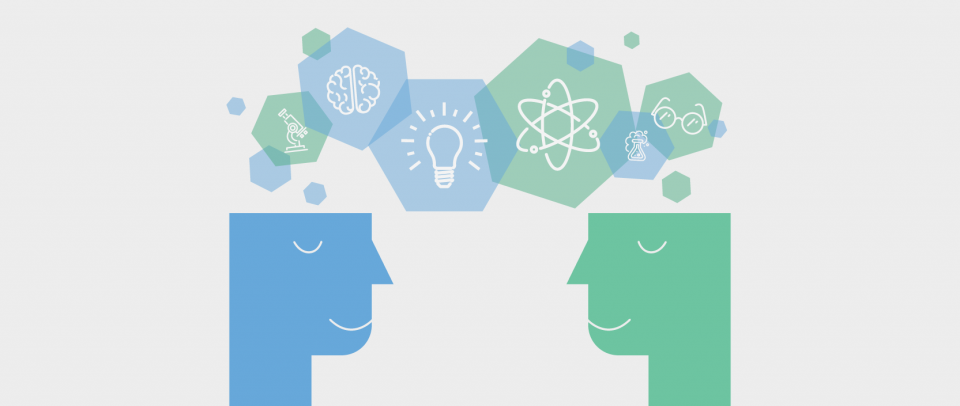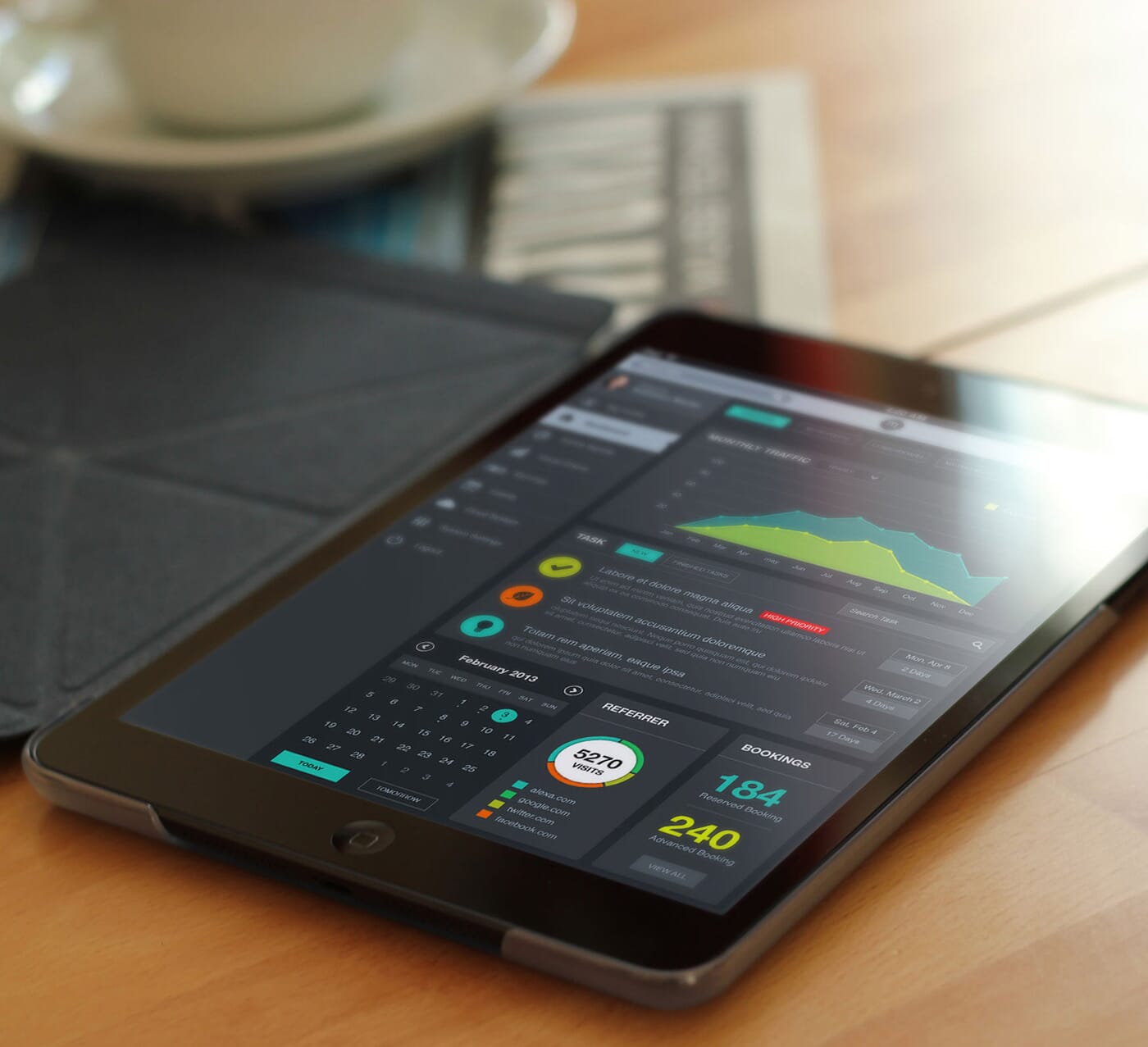What is design thinking? Is it really a thing?
There is a new business buzzword in town. From the board rooms of IBM to General Electric, executives are talking about this mysterious new business methodology called design thinking. But what is it and does it have any real value?
When I first encountered the term, I was skeptical. As somebody who had been designing for over 22 years the idea of design thinking was new to me. Surely if it had any value, I would have already heard of it!
But when I dug into the subject, I discovered that the term was simply a handy phrase that refers many of the best practices in digital design I had been implementing for years. The same best practices that many enterprises are beginning to apply beyond interface design.
Design thinking tends to encompass two main areas: A mindset and process. So let’s dive in and discover what design thinking is all about.
The design thinking mindset
As much as anything else, design thinking focuses on bringing a new mentality to solving business problems. If you work in the field of user experience, this mindset will seem familiar. But for those in other disciplines, it can feel like a revelation. A move away from specifications, project plans and committees.
The design thinking mindset is made up of three fundamental attitudes. These are: Experiment, test, and collaborate.
Experimentation
The online space has allowed us unprecedented opportunities to test and experiment because the cost of our raw materials is nearly zero. Think about it for a moment; pixels cost nothing. You couldn’t easily experiment building a monument in different ways because of the expense of the raw materials. But with a website or an app you can, because pixels are free.
That has nurtured a culture of experimentation, partially driven by the massive amounts of data we can gather. We no longer need to avoid failure because we can learn so much from it, and the cost of failure is low.
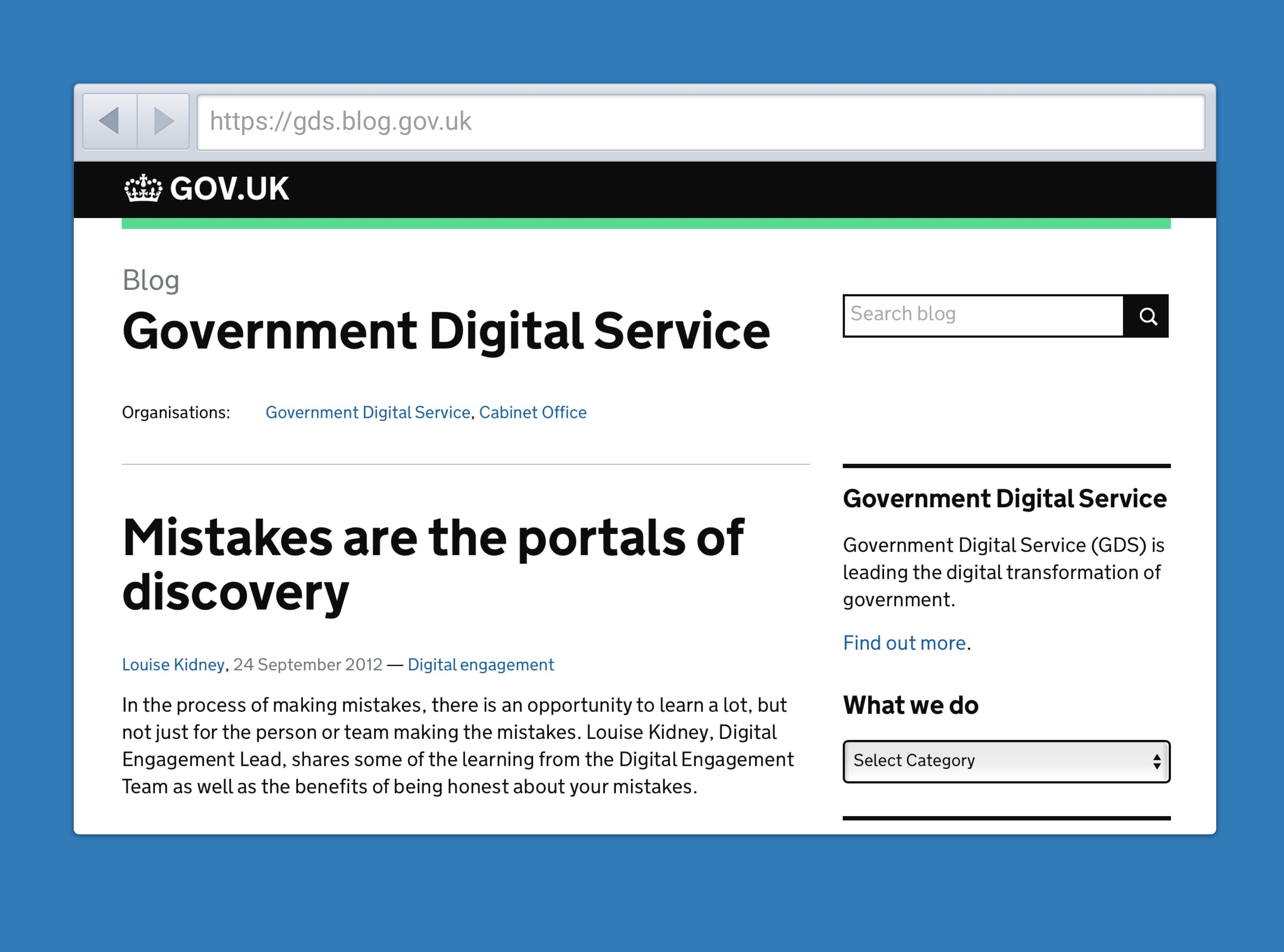
We can apply this experimentation mentality in all kinds of circumstances, from establishing new strategies to rolling out new products and services. It is an attitude, one that applies as much in the boardroom as the design studio.
However, experimentation is only valuable when we carefully monitor the result, so that we can move towards the best solution. That is where testing comes in.
Testing and iterating
Without a doubt, a mindset of testing and iteration lies at the heart of design thinking. It is born out of the plethora of data available to us as digital professionals. It makes sense that we should be testing and iterating everything we do.
From Google Analytics to session recorders, we have incredibly deep insights into how users behave. But we haven’t stopped there. We also carry out usability testing, field studies, and even eye tracking. We have become obsessed with testing our products and understanding our users.
Once again, this is something that can be applied to the whole business, not just within the realm of digital design. A mindset that improves the quality of company offerings and reduces the number of failed projects.
But design thinking hasn’t just been influenced by the benefits brought by digital; challenges have also helped to shape it.
Collaboration
One of the biggest challenges of working in digital design is the fact that it inevitably touches every part of an organization. It is also incredibly complex, requiring many specialists working closely together to deliver the best solution possible. As a result, we have been forced to adopt a collaborative mindset.
Most agencies and enterprises operate within departmental silos. Customers and projects are passed from one silo to another, along what is essentially a production line. Although this approach made sense in the mass media, mass-market age, it is too slow and prone to failure in the fast-moving and complex world we now live in.
A new multidisciplinary approach is required. An approach that brings together teams of experts to work collaboratively, and replaces committees with cross departmental teams.
But getting these different specialists to work together, despite their very different outlooks, can be challenging. That is where the lessons we have learnt as digital designers are proving invaluable. Design thinking offers us a framework that encompasses experimentation and testing while at the same time doing so in a collaborative fashion.
The four steps of design thinking
Because design thinking is a rather abstract concept, there will be many different interpretations of how we should implement it in practice. That said, I do see a general four step process emerging that we can apply to most business challenges, not just design.
It is a process that begins with research.
1. Do your research
It is shocking how many business initiatives begin from entirely the wrong premise. They start because somebody in senior management had a bright idea, or are driven by some crisis. Rarely do they start by identifying a customer need that the company can meet or pain point they can alleviate.
Many agencies already do plenty of market research, yet with a flaw: This focuses on seeing whether an internally generated idea has validity. It doesn’t look externally to customers as a source of inspiration for new products, services or initiatives. Often, this results in products that nobody needs or wants.
Design thinking almost always begins with some research or a discovery phase. By seeking to understand customer needs and challenges better, design thinking can identify opportunities that we would otherwise miss. This initial phase typically makes use of analytics, ethnographic studies, user interviews, surveys and other research tools. Using these tools we can better understand what it is users are struggling with, and this enables us to explore possible solutions.
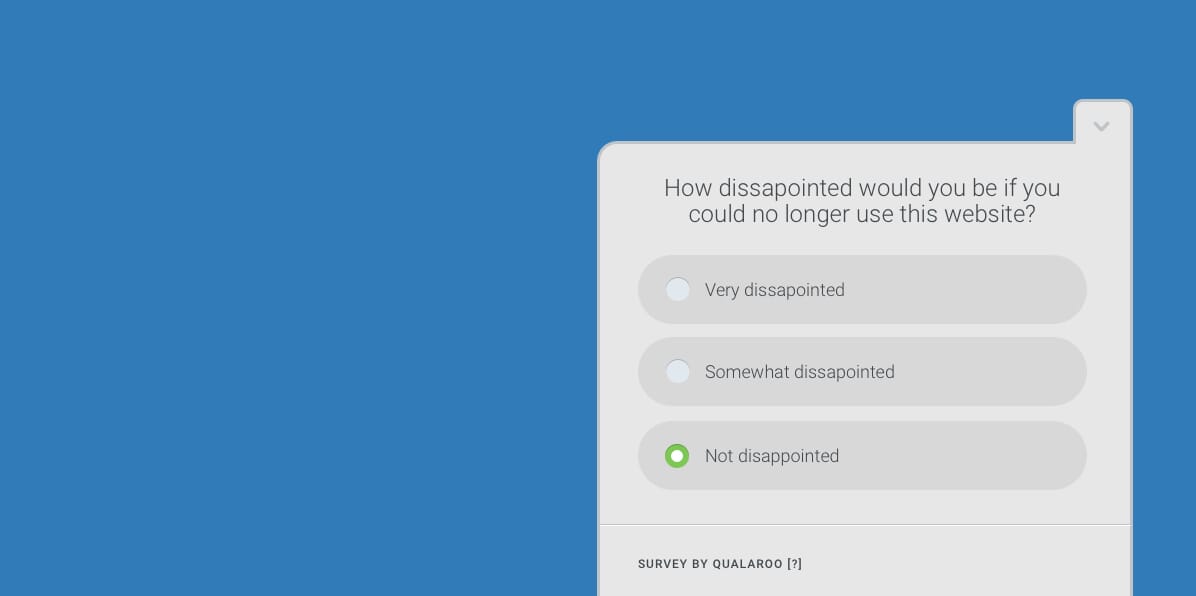
2. Explore possible solutions
With a good understanding of the customer and their needs, it is possible to explore different approaches to meeting those needs. Often organization jump immediately to a one singular solution, but this typically creates problems further down the line. The answers we find are often less considered, and we approach the problem from just one narrow perspective.
Design thinking encourages exploring as many possible solutions as is feasible within time constraints. It brings together colleagues from across the organization to explore various approaches to providing a tangible benefit to the customer. This exploration phase often begins with workshop exercises involving people with a broad set of disciplines. In other situations, it can also include the participation of customers themselves. Approaches to these sessions vary using exercises such as those found on gamestorming.com or even week-long design sprints.
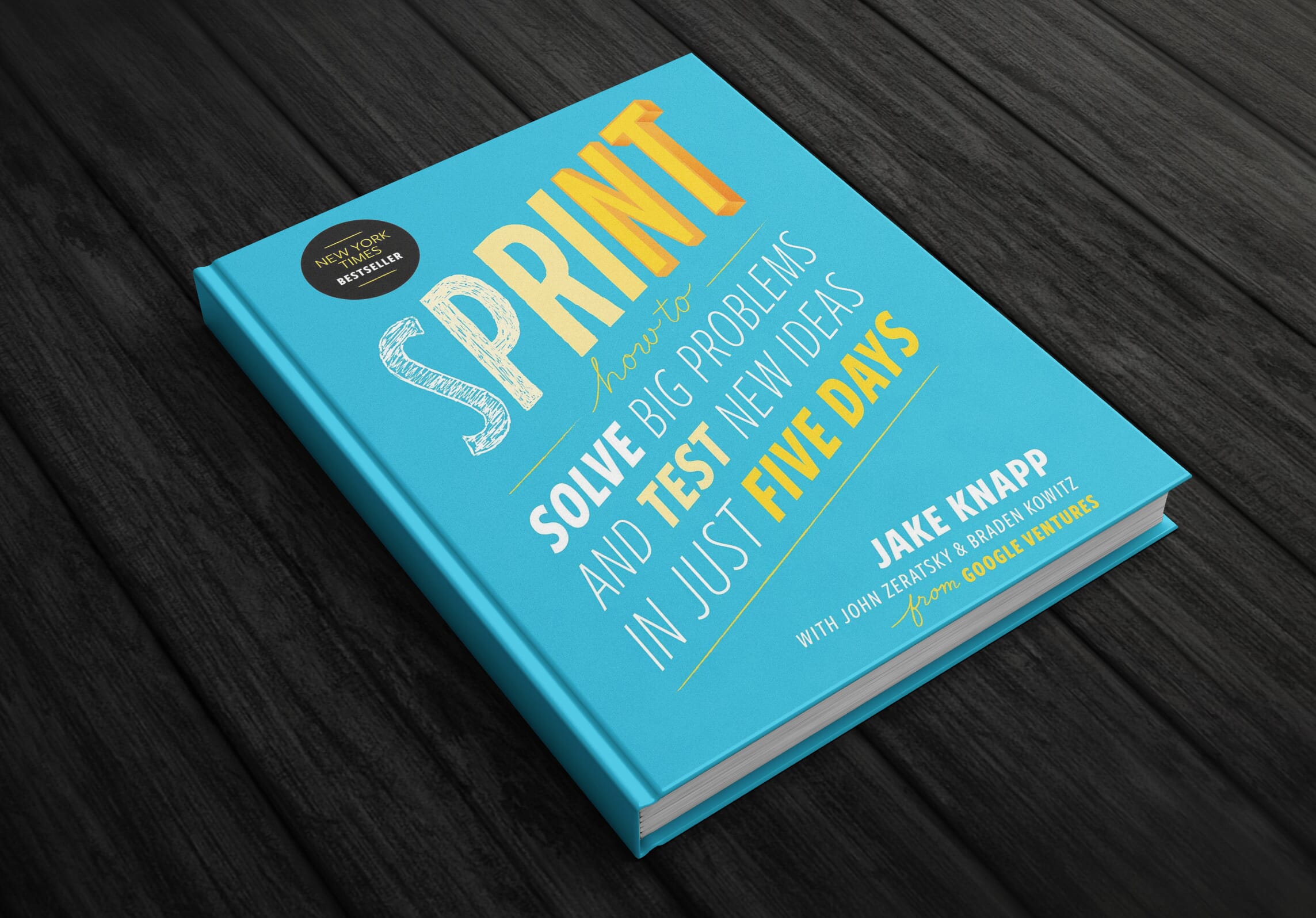
The idea is to explore as many possible options before the organisation commits to a direction that will be expensive to change later. However, ultimately a single solution has to be selected.
3. Refine towards a single possible solution
Typically the exploration phase ends with a small number of options. These are then further developed into working prototypes. Notice that, I did not say a specification.
Design thinking tends to prefer prototyping to specification documents. That is because specifications are easily misunderstood or interpreted in different ways by the various stakeholders. Also, a specification is not something we can test with real users.
Prototypes can take many forms. We are all familiar with user interface prototypes, but these are not the only type. Products can be prototyped using 3D printers, while we can mock up services at a superficial level to get a sense of the experience.
For example, Disney was considering introducing an RDF band to its parks that allowed customers to pay for things, unlock their hotel door and Disney staff to provide personalized service. Instead of writing a lengthy specification of their requirements, they converted a warehouse into a ‘cardboard park’. They mocked up relevant experiences across the park using a façade, some imagination and a few volunteers. They were able to test the experience with customers by guiding them through the prototype and mocking up the experience with nothing but smoke and mirrors. That enabled them to gauge consumer interest and also ensure the company had a shared vision about the direction they wanted to go.

Not that Disney got it right the first time. It is rare for a prototype to receive nothing but glowing feedback when you first present it.
4. Test, test again, and iterate
Design thinking recognizes that prototypes will need to be iterated upon many times before they are right. Indeed, that is why we should build prototypes as quickly and cheaply as possible. They will be hacked together, tweaked and ultimately replaced with the final implementation.
In fact, design thinking believes that testing and iteration should never truly end. That even after we launch a product or service, we should still monitor it and explore ways that it can be improved.
That is still a mistake I regularly see organizations make with their website. Instead of incrementally testing and developing their site over time, they replace it every two to three years. That kind of periodic website redesign is incredibly wasteful for many reasons and damaging to the business both financially and to its brand.

This four step process that lies at the heart of design thinking has obvious benefits. It is enabling many organizations to become more agile, more customer focused and to save significant time and energy in launching new services. But do we really need the design thinking label? Is it not just another buzzword?
Design testing matters
At the beginning of this post, I was somewhat dismissive about “design thinking.” I even implied it was just another pointless buzzword. If I’m honest, I don’t even think it is a particularly appropriate one at that. In my opinion, most of the processes and mindset that make up design thinking are more of a consequence of the impact digital has had, rather than design. Perhaps it should be called digital thinking.
But what we call it is irrelevant, what really matters is that the phrase is gaining traction. It is a neat way of summarizing a set of methodologies, processes and thinking. As a result, it is getting the attention of business leaders and introducing a new method to the boardroom that’s more appropriate for a digital world. An approach better equipped the meeting the ever spiraling expectations of customers, as brought about by the digital revolution.
